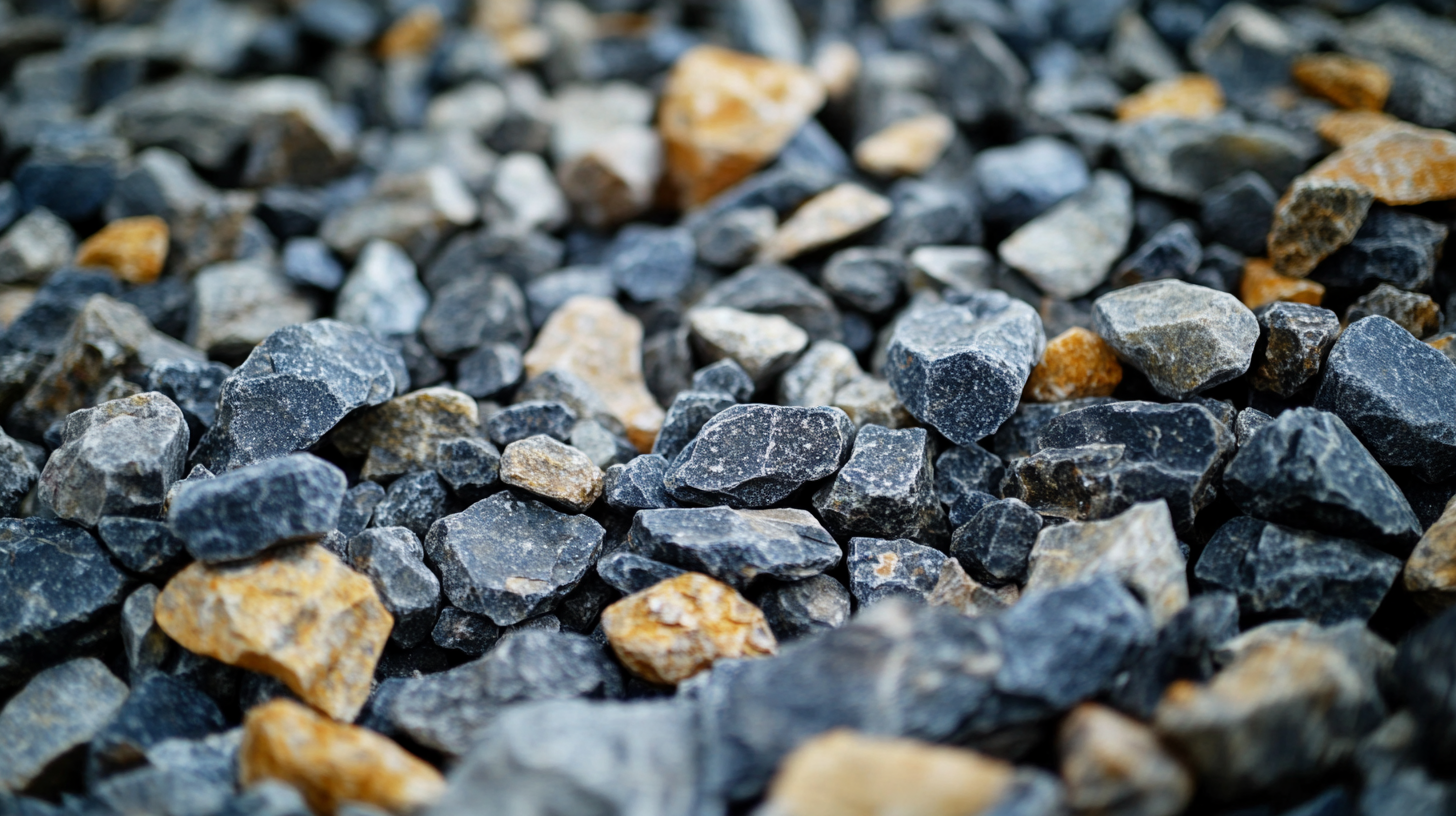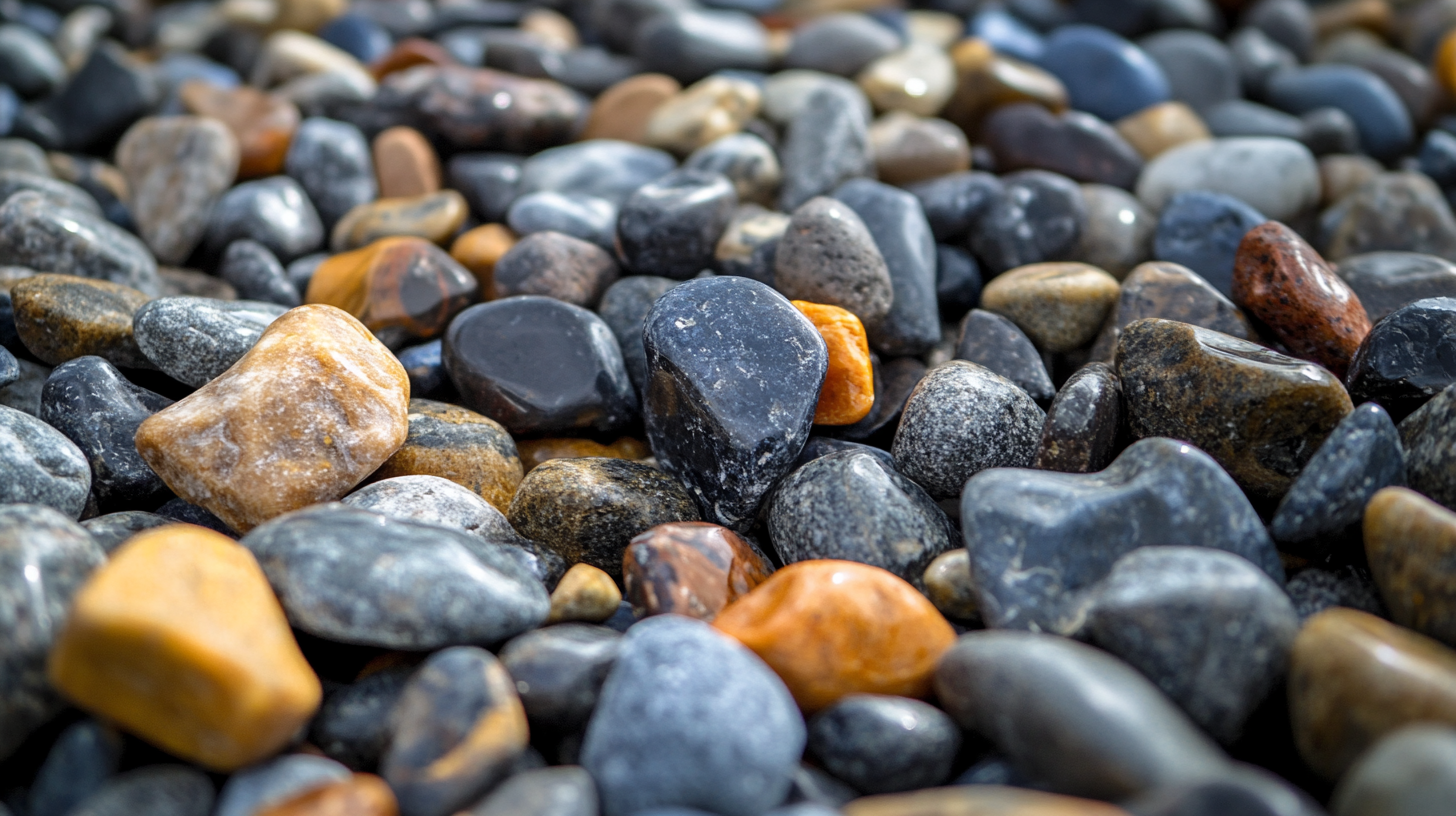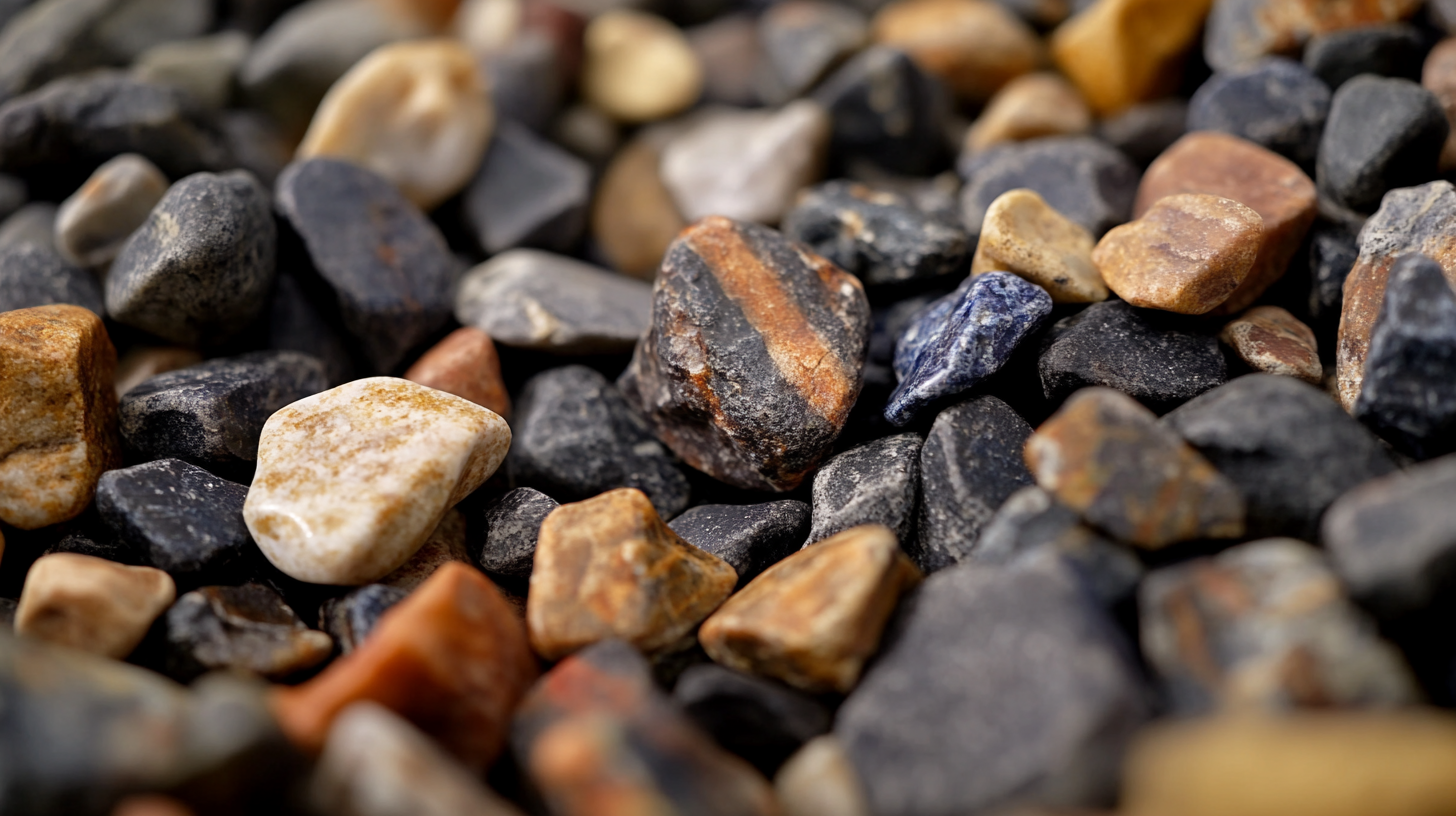Understanding Industry Standards for Best Decorative Gravel: A Comprehensive Guide to Selection and Application
In the realm of landscaping and construction, the selection of materials plays a pivotal role in achieving aesthetic and functional goals. Decorative Gravel has emerged as a preferred choice among homeowners and professionals alike, due to its versatility, durability, and eco-friendliness. According to a recent report from the Freedonia Group, the decorative gravel market is projected to reach $3.5 billion by 2026, reflecting a compound annual growth rate (CAGR) of 4.6%. This surge can be attributed to the growing demand for sustainable landscaping solutions and innovative outdoor designs.

As we delve into the various alternatives within the Decorative Gravel category, it is crucial to understand the industry standards and best practices that guide selection and application. This comprehensive guide aims to provide clarity on the myriad options available, ensuring that both aesthetic appeal and practicality are harmoniously achieved in your landscaping endeavors.
Choosing the Right Decorative Gravel: Key Factors to Consider
Choosing the right decorative gravel for your landscaping project involves several key factors that can significantly enhance the aesthetic appeal of your outdoor space. Firstly, consider the color and texture of the gravel. Different shades and finishes can either blend seamlessly with your garden or provide a striking contrast to your plants and features. For instance, light-colored gravels can brighten up dim areas, while darker tones can add depth and sophistication.

Another important factor is the size of the gravel. Larger pieces can create a more dramatic effect and are often used in modern designs, while smaller gravels are great for creating pathways or filling gaps in garden beds. When selecting gravel, it's also beneficial to think about the application—whether it's for a decorative border around your patio, as a mulch alternative, or for a base layer that allows for drainage and accessibility.
Tips: When laying decorative gravel, ensure proper drainage by creating a slope. This prevents water from pooling and helps maintain the appearance of your gravel. Additionally, use an edging material to keep the gravel contained and prevent it from migrating into your garden beds. By taking these factors into account, you can transform your outdoor area into a beautifully polished space that reflects your personal style.
The Importance of Quality Standards in Decorative Gravel Supply
When it comes to decorative gravel, understanding quality standards is crucial for ensuring longevity and aesthetic appeal in various applications. Quality standards, as specified by organizations such as ASTM International, emphasize factors such as particle size distribution, cleanliness, and durability of aggregates. According to a report from the National Association of Home Builders, nearly 75% of homeowners consider the visual impact of landscaping materials, which highlights the importance of adhering to these quality benchmarks when selecting gravel.
Moreover, the quality of decorative gravel significantly influences installation efficiency and overall landscape performance. For instance, a study by the American Society of Landscape Architects revealed that using high-quality gravel can reduce maintenance costs by up to 30% over time. This is primarily due to better drainage properties and reduced weed growth, which are directly linked to the characteristics outlined in established quality standards. By prioritizing these standards, suppliers can ensure that their products not only meet aesthetic demands but also provide lasting value and functionality for consumers.
Applications of Decorative Gravel: Enhancing Aesthetic Appeal
Decorative gravel serves as an essential element in landscape design, enhancing the aesthetic appeal of both residential and commercial spaces. Its versatility allows homeowners and landscapers to create visually striking paths, driveways, and garden beds. Different colors, sizes, and textures of gravel can be combined to complement existing architecture and natural surroundings, ensuring a cohesive look. For instance, lighter-colored gravel can brighten shaded areas, while darker stones can create a dramatic contrast against lush greenery.
In addition to its visual benefits, decorative gravel also provides functional advantages. It aids in drainage, preventing water accumulation in problem areas and reducing the risk of erosion. Moreover, decorative gravel can help define spaces within a garden, such as seating areas or flower beds, adding organization to a busy landscape. By carefully selecting the right type of gravel, homeowners can achieve not only a beautiful outdoor space but also a practical one that thrives over time.
Sourcing Trusted Manufacturers: Why 'Made in China' Matters
When it comes to decorative gravel, sourcing materials from trusted manufacturers is crucial for ensuring quality and longevity. The phrase "Made in China" often evokes mixed feelings among consumers, but it is essential to recognize the advancements in manufacturing standards and technology within the country. Many Chinese manufacturers prioritize quality control and adhere to international standards, producing decorative gravel that meets or exceeds industry expectations. This focus on excellence allows distributors and consumers alike to enjoy beautiful, durable products for landscaping and construction projects.
Additionally, sourcing from China can provide significant cost advantages. With a vast network of resources and a well-established supply chain, manufacturers can offer competitive pricing without compromising on quality. By choosing trusted manufacturers, buyers can access a variety of decorative gravel options, ensuring they find the perfect fit for their specific needs. Furthermore, establishing strong relationships with these manufacturers can lead to consistent supply, reliability, and potential for customization, making it a worthwhile investment for any project.
Best Practices for Installing and Maintaining Decorative Gravel
When it comes to installing and maintaining decorative gravel, following best practices is essential to ensure both aesthetic appeal and longevity. First, proper selection of the gravel type is crucial—options like pea gravel and crushed stone can bring different visual textures and drainage capabilities to your landscape. Pea gravel, for instance, can be heavier and may require more effort to move, but it provides a distinctive look for flower beds and paths. When laying gravel, ensure the ground is well-prepared with a weed barrier underneath to minimize maintenance and keep your space pristine.

Once installation is complete, maintenance becomes the key to preserving the beauty and functionality of your decorative gravel. Regular raking can help redistribute the gravel to maintain an even surface, while periodic checks for weed growth will keep your landscape looking sharp. In addition, when considering environmental factors, using gravel in combination with fire-resistant landscaping practices can provide added safety, especially in areas prone to wildfires. This strategic approach not only enhances the aesthetics of your outdoor space but also incorporates functional benefits that align with best management practices for landscaping.
